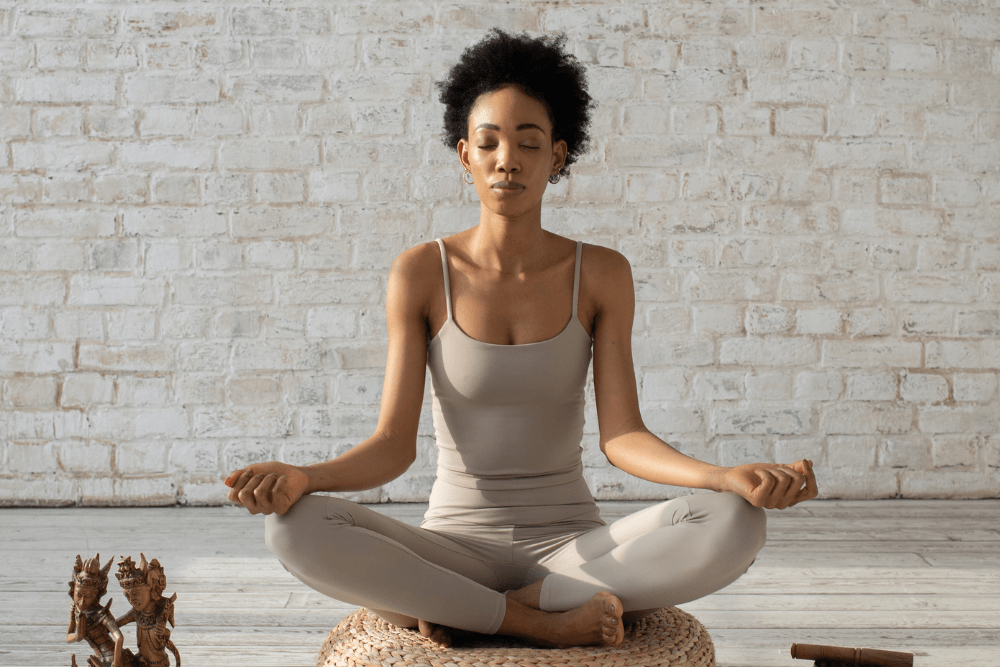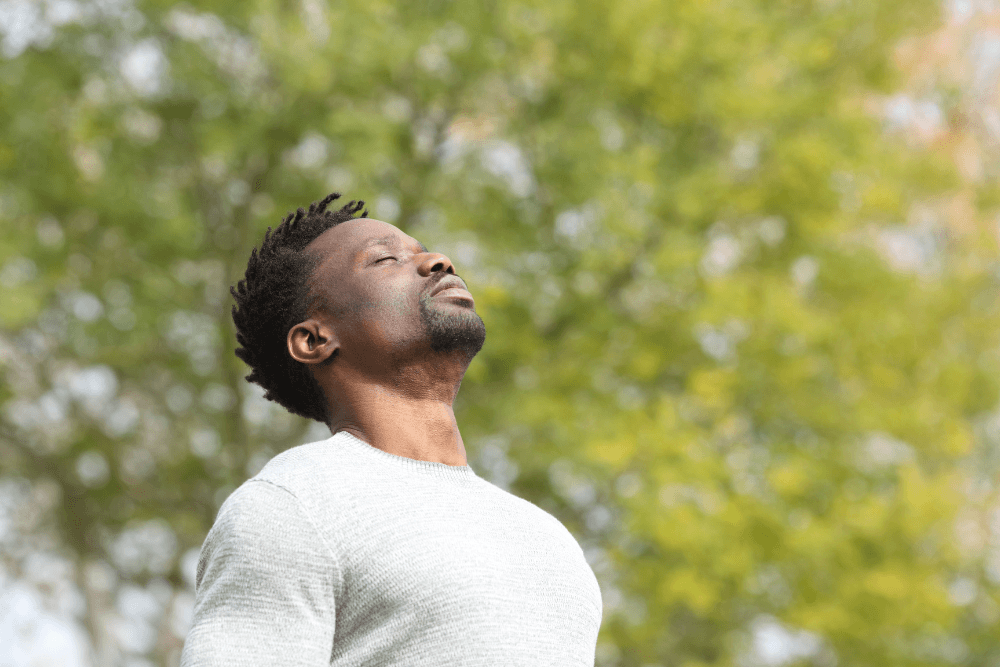The Sleep Cycle and Sleeping Tips
- Category: Sleep
- September 7, 2021
When it comes to mental and physical wellness, sleep remains an important factor. Your brain and body thrive on routine schedules. If you are someone that gets the same hours of sleep every night or goes to bed around the same time each evening, you are more likely to feel energized and ready for the following day. The more you stick to a sleep schedule, the easier it is to fall asleep without constantly tossing and turning, as well as staying asleep throughout the entire night.
Most articles and research will tell you between 7-9 hours is ideal for a good night’s rest, although this may not be realistic for many of us. Sleep routines will alter with your age as well as your schedule. Here, we offer some ways to create and sustain a useful bedtime routine to fit your specific needs. These suggestions may have to be narrowed down through trial and error.
The Sleep Cycle
When you are asking yourself how much sleep you need, although duration does not determine how you will wake up the next morning. You must also consider sleep quality. Sleep quality refers to how your body moves through the stages of the sleep cycle. As they vary from person to person, it may be beneficial to know how your sleep cycle can affect you.
There are four stages of the sleep cycle, one for rapid-eye-movement (REM) sleep and three that are considered non-REM (NREM) sleep. The cycle that you are in correlates with your brain’s activity. You experience many sleep cycles throughout a night’s rest.
Stage 1 (N1) is the “dozing off” stage, typically lasting 1-5 minutes. You may experience body twitching and light changes in brain activity. You are easily disturbed. With a consistent sleep schedule, you may find yourself going through stage 1 at quicker rates.
Stage 2 (N2) can last between 10-60 minutes. In this stage, your body starts to experience slower breathing and body relaxation. Brain activity slows, with short bursts of activity that help to keep the mind and body asleep and unaffected by external noises.
Stage 3 (N3) is the deep sleep stage. Body relaxation continues further, and brain activity starts to form recognizable patterns. We spend the most time in a deep sleep through the first cycle of the night, lasting between 20-40 minutes.
REM Sleep is the fourth stage in the cycle, where your body experiences temporary paralysis of the muscles aside from the eyes and muscles that help to control our breathing. Although our eyes are closed at this stage, they move quickly. The REM stage increases memory and learning, and dreams are less common. You do not enter a REM stage until you have been asleep for about 90 minutes and can last a few minutes up to an hour depending on what sleep cycle you are in.
Stay Consistent
No matter what you are trying out for your bedtime routine, try to stay as consistent as possible. This means finding a typical time to lay down in bed as well as getting up at the same time every day, regardless if it’s the weekend or if you are on vacation. Try to grasp how long it takes you to fall asleep as well. If you have a smartwatch or other smart device, there are apps that you can use to help track your sleep schedule. Try to aim for that 7-9 hour of sleep window.
Nap Tips
There are many different kinds of naps that help for a variety of circumstances. Anytime we fall asleep, we move through the sleep cycle in stages. Researchers have found that five-minute naps are too short for a noticeable change in mood or energy. Likewise, anything longer than 30 minutes gives the body enough time to enter into the deep sleep stages, which commonly leads to feelings of grogginess or drowsiness. Knowing these facts, the best nap length would be between 10-20 minutes if you want to wake up feeling refreshed without feeling groggy.
Napping can be incredibly helpful in situations where you are feeling incredibly sleepy, sick, and can also help with emotional regulation and improving memory. Although, napping is not for everyone as it can be counterproductive when it comes to falling asleep that same night. If you are someone that has issues with insomnia (falling or staying asleep) you may want to keep your napping to a minimum.
Control Your Mind and Body Before Bedtime
Try to avoid consuming fluids before you lay down for bed. This will avoid any sleep interruptions due to having to use the bathroom. A light snack may help, but also avoid large meals. Exercising during the day or before you sleep can help you fall asleep, as your body needs to restore itself from physically demanding activities. Try to also limit light exposure, especially with technology devices. Using your phone before bed can make it harder to fall asleep, as your brain remains stimulated for a long while.
Sleep remains an important factor that plays into your mental and physical wellbeing. Without adequate sleep, your body remains drowsy and inattentive to daily functioning and performance. You must create a sleep routine that works with your specific schedule and personal needs. Understanding the stages of the sleep cycle can help to relay that sleep quality is just as, if not more, important as sleep duration. When creating a sleep routine for you, stay consistent with the times you lay down in bed to when you wake up in the morning. Prioritize a good night’s rest by avoiding meals or fluids before you lay down to sleep. Although sleep remains a part of our daily routines, we have to be sure to prioritize the quality of sleep we get to ensure proper mental and physical functioning. SokyaHealth can help you establish productive habits that positively influence all areas of your life. Call us at 866-932-1767.



